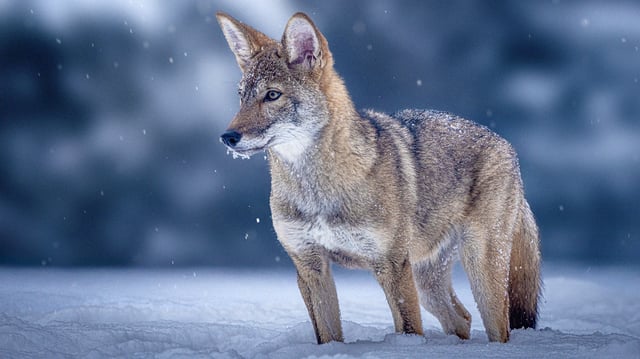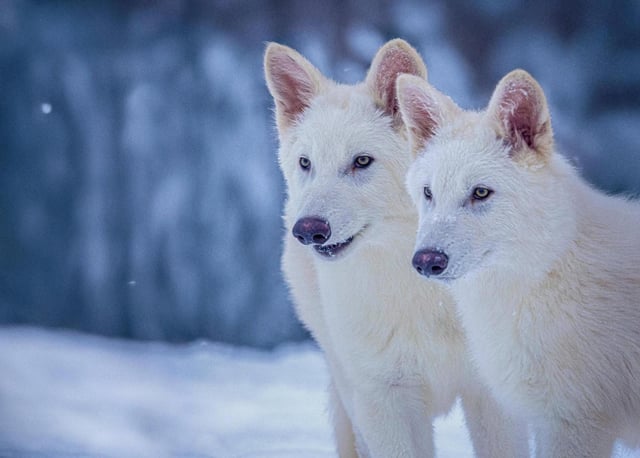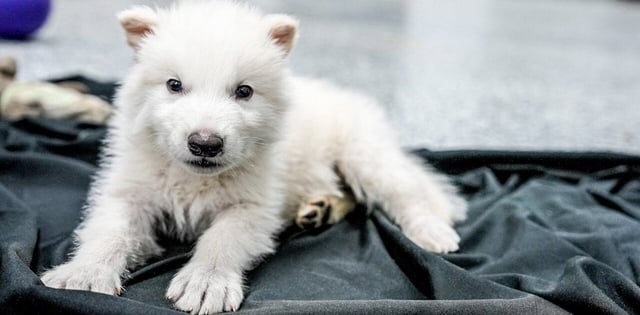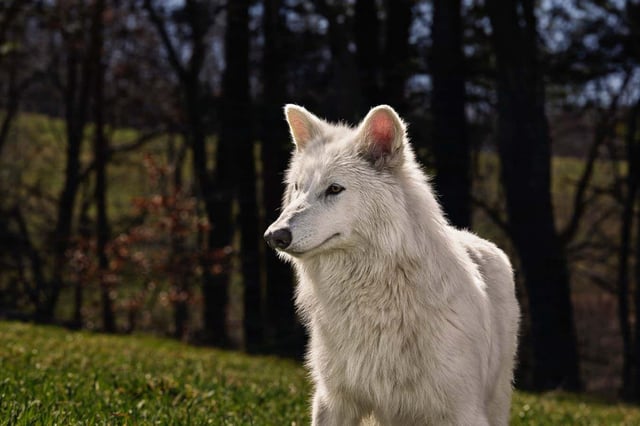Overview
- Colossal Biosciences announced the creation of three genetically modified gray wolves with 20 edits to mimic the extinct dire wolf and four cloned red wolves from living canids.
- Scientists warn that genetic technologies like cloning and gene editing may divert attention and funding from proven conservation methods such as habitat protection and invasive species control.
- The red wolf, declared extinct in the wild in 1980, faces ongoing threats from habitat loss, hunting, and hybridization, with fewer than 20 individuals alive in captivity today.
- Experts caution that cloning’s unknown long-term effects and ecological authenticity concerns make traditional breeding methods safer for red wolf recovery.
- Interior Secretary Doug Burgum has cited Colossal’s genetic breakthroughs as justification to question the Endangered Species Act, intensifying the policy debate.



